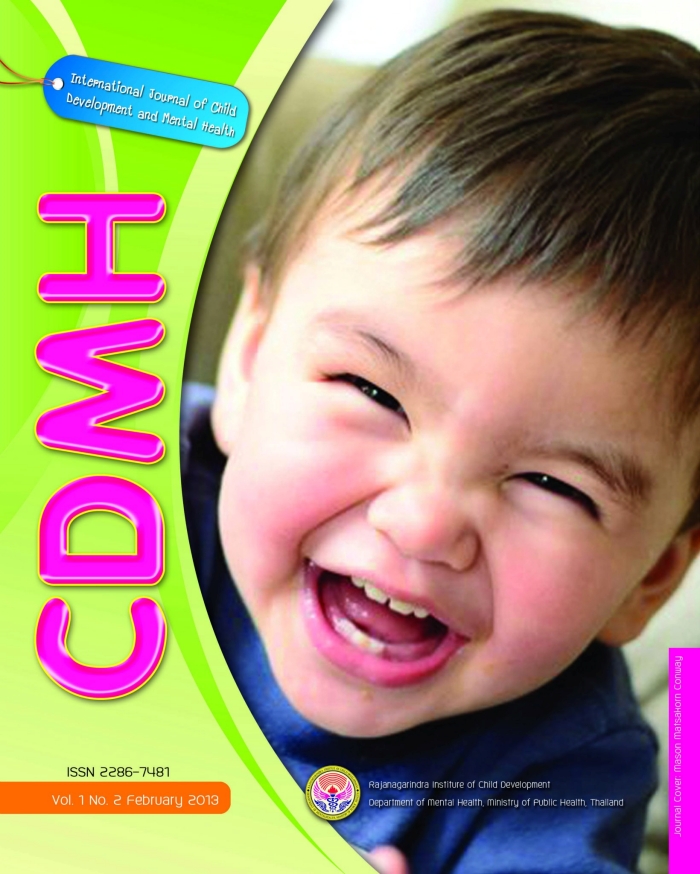Changing the Thought Pattern and Behaviour of Children with Autism Using Audio-Visual Cognitive Aid
Main Article Content
Abstract
Autism is a severe neurological disorder that is characterized by “severe and pervasive
impairment in several areas of development”, especially the development in the perception and modulation of sensory information. The prevalence of autism has risen to 1 in 88 births in recent years (Autism Society of America, 2012). Studies show that early intervention and training are the most effective way to help children with autism to cope and eventually become independent. School teachers, parents, or caregivers often face difficulty in communicating with these children because it is hard to understand their thinking and
behaviour, especially with those children that have little or no verbal communication. Thus,
understanding the thought pattern of an autistic child would be useful for the teachers, parents and caregivers to effectively intervene and redirect the thinking and manage his or her behaviour. The purpose of this study is to use an audio-visual cognitive aid as an intervention tool to understand and help children with autism. An audio-visual cognitive aid was developed and has five themes, (a) colour, (b) light, (c) visual, (d) perception, (e) cartoon, and (f) character. The audio-visual cognitive presentation was shown to
24 children with autism (from very low functioning group to high functioning group) aged between 5-10 years old. Each child attended a 45 minutes session three times weekly over six months. After the children had seen the audio-visual presentation, they were asked to draw and describe what they had seen. Their drawings or descriptions were analyzed for their thinking pattern and conclusions drawn which form the basis for behavioural management. The study showed that the children with autism who participated in this study responded positively to the computer based audio-visual cognitive aid. For very low and low functioning children, this audio-visual cognitive aid has helped to activate their responses to audio and visual stimuli, increase their attention span, responsiveness, concentration, and their cooperative ability. On the other hand, the audio-visual cognitive aid has helped moderate and high functioning children to maintain attention, understand and connect with their environment. This study supports previous studies that computer based programme is an effective tool to understand the thought pattern of autistic children and modify their thinking and behaviour.
Article Details
![]()
Creative Commons License
This work is licensed under a Creative Commons Attribution-NonCommercial-No Derivatives 4.0 International (CC BY-NC-ND 4.0)
The authors retain copyright and permit the journal the copyright of first publication
Articles, once having passed the review process and accepted for publication in the CDMH Journal, are copyrighted under the CDMH Journal, Department of Mental Health, Ministry of Public Health. Please be aware distribution of CDMH Journal content for commercial purposes without permission is expressly prohibited. However, distribution with intent to educate, advocate, or spread awareness within the general public and research communities is permitted and encouraged with the understanding that the CDMH Journal Editorial Board do not hold jurisdiction or liability for any accompanying comments, text, or information from third parties, either in favor for or against the original article’s assertions, conclusions, methodology, or content.


